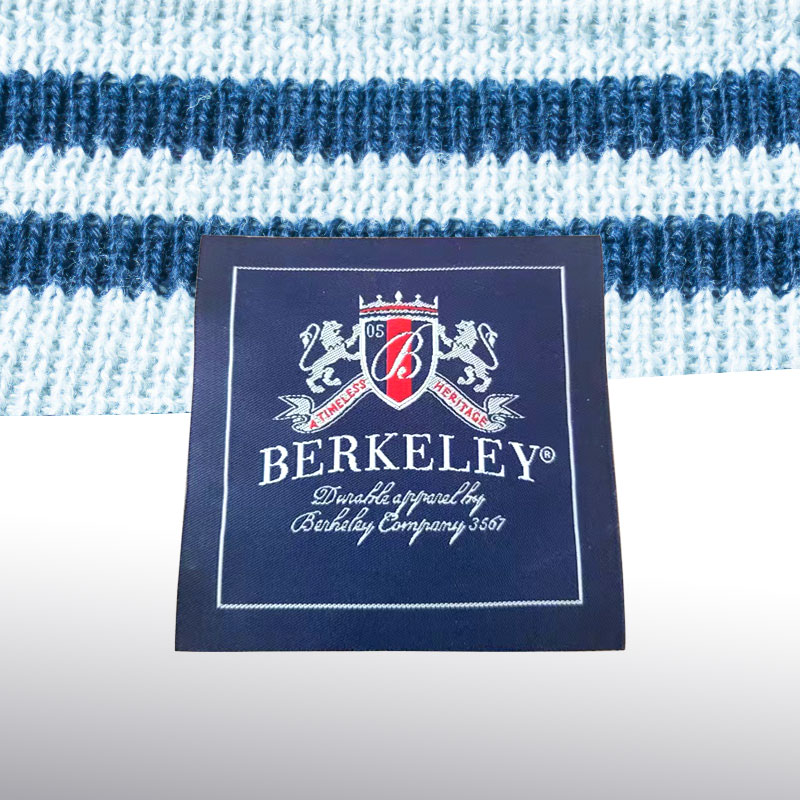
- English
- Español
- Português
- русский
- Français
- 日本語
- Deutsch
- tiếng Việt
- Italiano
- Nederlands
- ภาษาไทย
- Polski
- 한국어
- Svenska
- magyar
- Malay
- বাংলা ভাষার
- Dansk
- Suomi
- हिन्दी
- Pilipino
- Türkçe
- Gaeilge
- العربية
- Indonesia
- Norsk
- تمل
- český
- ελληνικά
- український
- Javanese
- فارسی
- தமிழ்
- తెలుగు
- नेपाली
- Burmese
- български
- ລາວ
- Latine
- Қазақша
- Euskal
- Azərbaycan
- Slovenský jazyk
- Македонски
- Lietuvos
- Eesti Keel
- Română
- Slovenski
- मराठी
- Srpski језик
Are the Materials Used in Clothing Tag Safe for the Human Body?
2025-04-28
The material safety of clothing tag depends on the coordinated control of substrate selection and processing technology. As a label carrier sewn on the lining of clothing, it consists of a three-layer structure of fiber matrix, printing ink and adhesive. The fiber layer mostly adopts skin-friendly polymer spinning technology, and the molecular chain end group is passivated to avoid hydrolysis and free monomers. The ink fixation is completed by ultraviolet curing process, and the residual photoinitiator is forced to volatilize through a multi-stage hot air circulation system. The bonding interface uses biocompatible resin, and the content of migrating substances is accurately controlled by molecular weight screening technology.

Chemical risk prevention and control focuses on extractable control, and solvent extraction tests verify the stability of clothing tag materials in sweat simulation environments. Azo dye conversion rate indicator monitoring ensures that the release of aromatic amines is lower than the biological metabolism threshold. Physical safety involves surface friction coefficient adjustment, and plasma treatment is used to reduce fiber hairiness to prevent skin barrier damage caused by continuous friction. Weather resistance tests verify the anti-aging performance of clothing tag materials under wet and hot cycles to ensure that no brittle fragments are produced during the service life cycle.
The clean manufacturing system in the clothing tag production process uses a closed-loop recycling device to intercept volatile organic compounds. Water-based coatings replace traditional solvent-based coating processes to reduce harmful residues at the source. The traceable raw material system ensures that all links in the supply chain meet toxicological assessment requirements.



